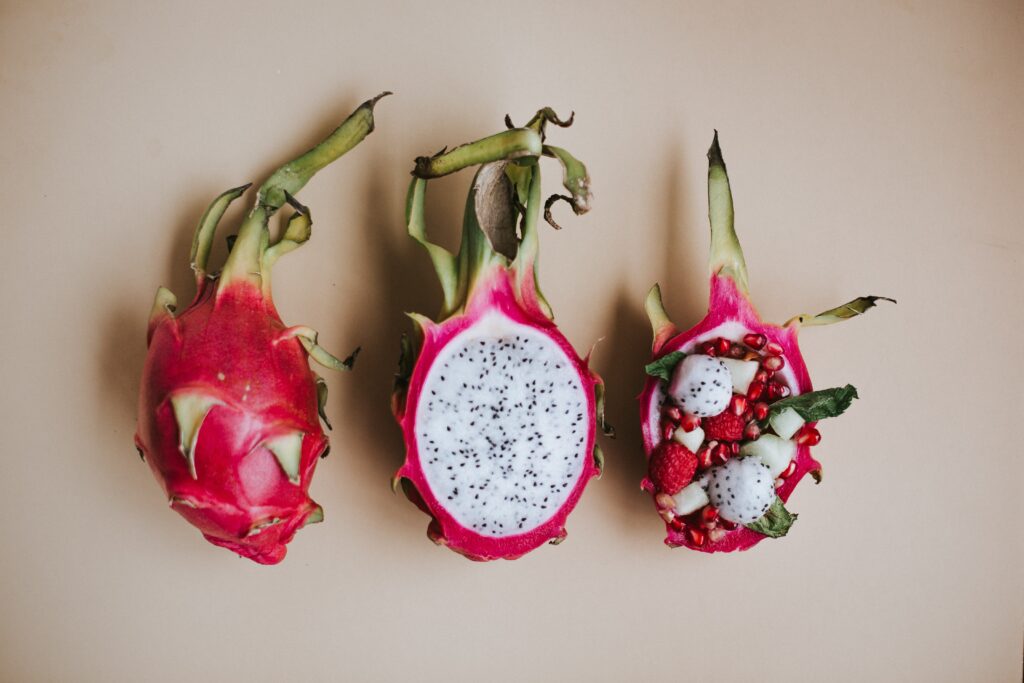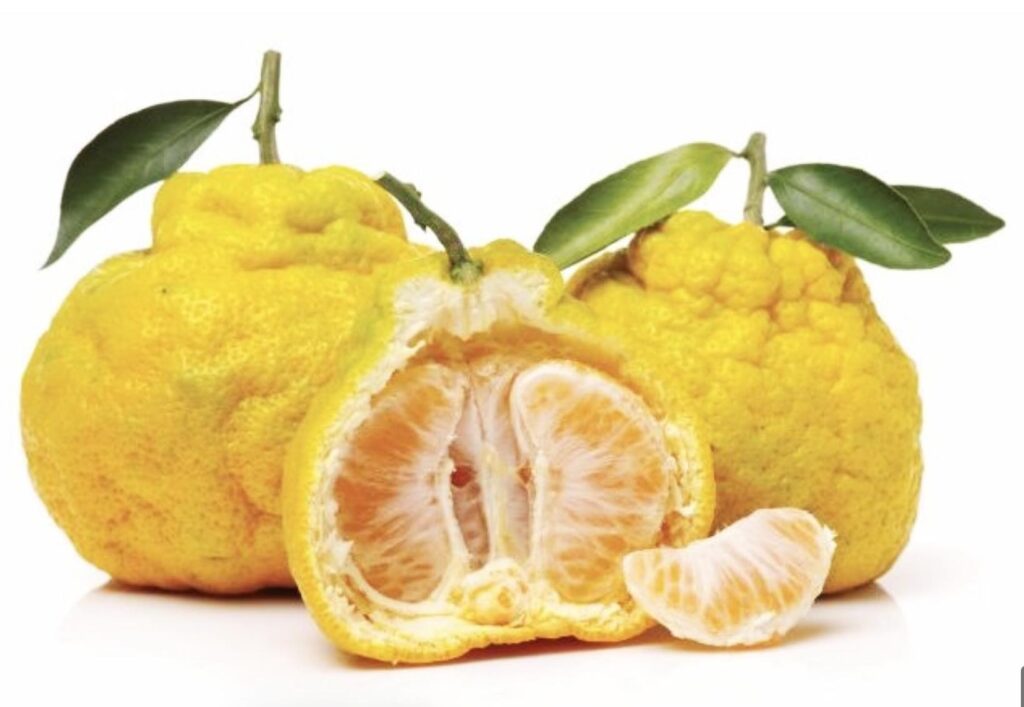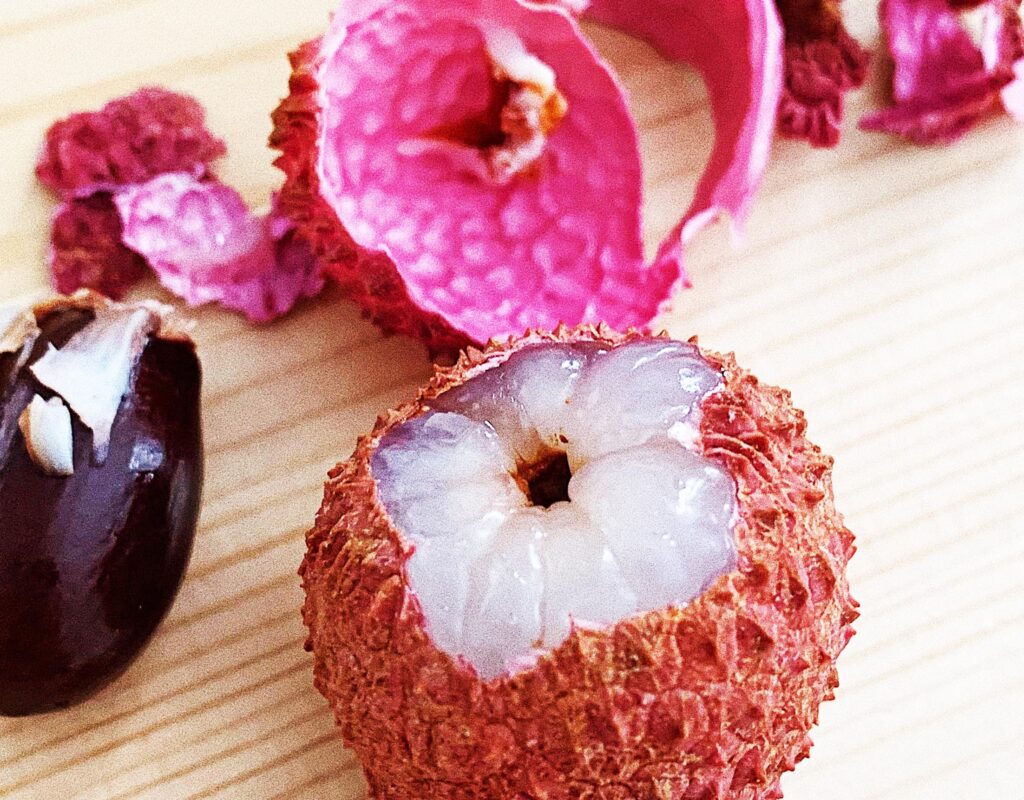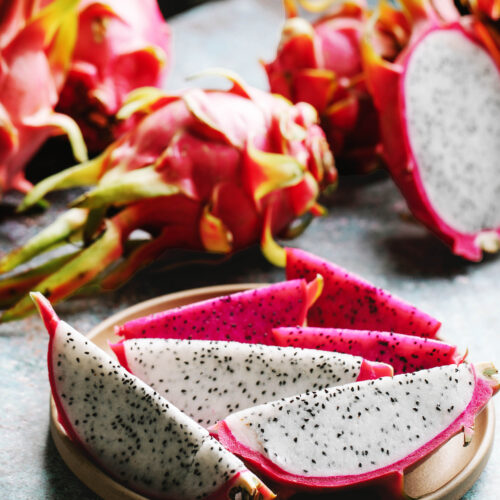
From Dragon Fruit to Durian: A Journey through Uncharted Territory of Flavor and Texture
Unique fruits are not commonly found in grocery stores or traditional fruit markets. These can include exotic and lesser-known varieties from different parts of the world, such as the durian from Southeast Asia, the jackfruit from India, and the prickly pear from Mexico.
Some unique fruits also have unusual appearances, textures, and flavors that set them apart from the more familiar options. For example, the dragon fruit has a vibrant red or yellow exterior and a sweet, juicy interior with black seeds, while the rambutan is a small, red fruit with a spiky shell and sweet, juicy flesh.
This list of fruits offer a fun and exciting way to broaden your fruit horizons and try something new and delicious.
Here are a few unusual fruits from around the world that you may not be familiar with:
- Durian: This spiky fruit is native to Southeast Asia and is known for its strong, pungent odor that many people find unpleasant. Despite its smell, it has a creamy, rich flesh prized for its unique flavor, and one of the world’s larger fruits.
- Rambutan: The tropical fruit is native to Southeast Asia and is known for its bright red, hairy exterior. It has sweet, juicy flesh surrounding a tiny seed in the center.
- Dragon Fruit: Also known as pitahaya, this exotic fruit is native to Central and South America. It has bright pink or yellow skin and white flesh studded with tiny black seeds. The meat has a slightly sweet, bland flavor.
- Star Fruit: Also known as carambola, this tropical fruit is native to Southeast Asia. It has a unique, star-shaped cross-section and sweet, juicy flesh.
- Jackfruit: This large, tropical fruit is native to South and Southeast Asia and is known for its sweet, juicy flesh and distinctive aroma. It’s often used in savory dishes, as well as desserts.

- Ugli Fruit: This hybrid citrus fruit is a cross between a tangerine, grapefruit, and orange. It has thick, rough skin and juicy, sweet-tart flesh.
- Marula: This tropical fruit is native to southern Africa and is a key ingredient in the production of Amarula, a famous cream liqueur. The flesh of the marula fruit is sweet and slightly tart, with a flavor similar to a blend of apricot and banana.
- Breadfruit: This tropical fruit is native to the South Pacific and is a staple food in many island cultures. It has a starchy, potato-like flesh that can be roasted, boiled, or fried and has a flavor similar to freshly baked bread.
- Lychee: The tropical fruits native to southern China and has a sweet, juicy flesh that is often used in drinks and desserts. It has a thin, rough red skin that is easily removed to reveal the sweet, white flesh.
- Longan: The tropical fruits native to Southeast Asia , it is similar in appearance to the lychee, with a thin, brown shell that reveals sweet, juicy flesh.
- Persimmon: There are two main types of persimmons, the astringent variety, which is very firm and has a tannic flavor, and the non-astringent variety, which is soft and sweet. Both types are native to China but are grown in many other countries.
- Feijoa: Also known as the pineapple guava, this fruit is native to South America but is now grown in many other countries. It has a sweet, juicy flesh often used in drinks and desserts.

Did you know?
Many of these fruits originated in tropical regions and were used by indigenous communities for food and medicine. For example, the Durian fruit, known for its pungent odor and custard-like interior.
It has been cultivated in Southeast Asia for hundreds of years and is considered a delicacy in many countries.
The Jackfruit, another tropical fruit weighing up to 80 pounds, has been cultivated in India for over 6,000 years and is a staple food in many Southeast Asian countries.
A little history:
In ancient times, explorers and traders often brought exotic fruits back from their journeys, introducing them to new parts of the world. For example, the Dragon Fruit, which is native to Central and South America, was brought to Asia by French missionaries in the 19th century.
Similarly, the Kiwifruit, native to China, was introduced to New Zealand in the early 20th century and became one of the country’s major exports.
Many unusual fruits are still celebrated and enjoyed in their native regions, and some are gaining popularity in other parts of the world. These fruits’ health benefits and unique flavors continue to fascinate people, and they are often used creatively in cooking and baking.
As global trade and transportation connect people worldwide, we will continue to discover and appreciate new and unusual fruits from all corners of the globe.


